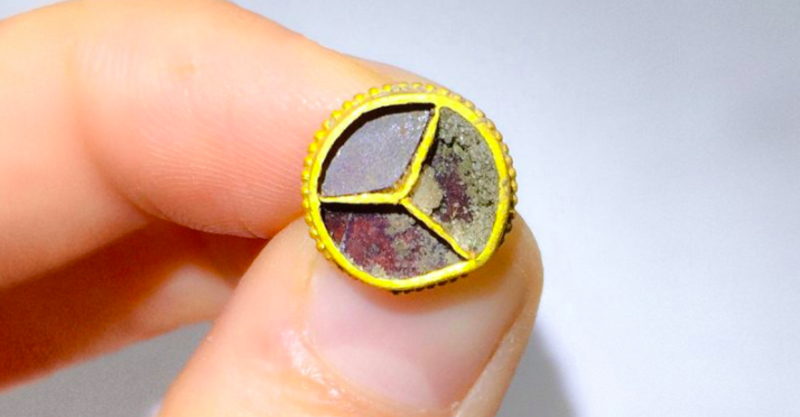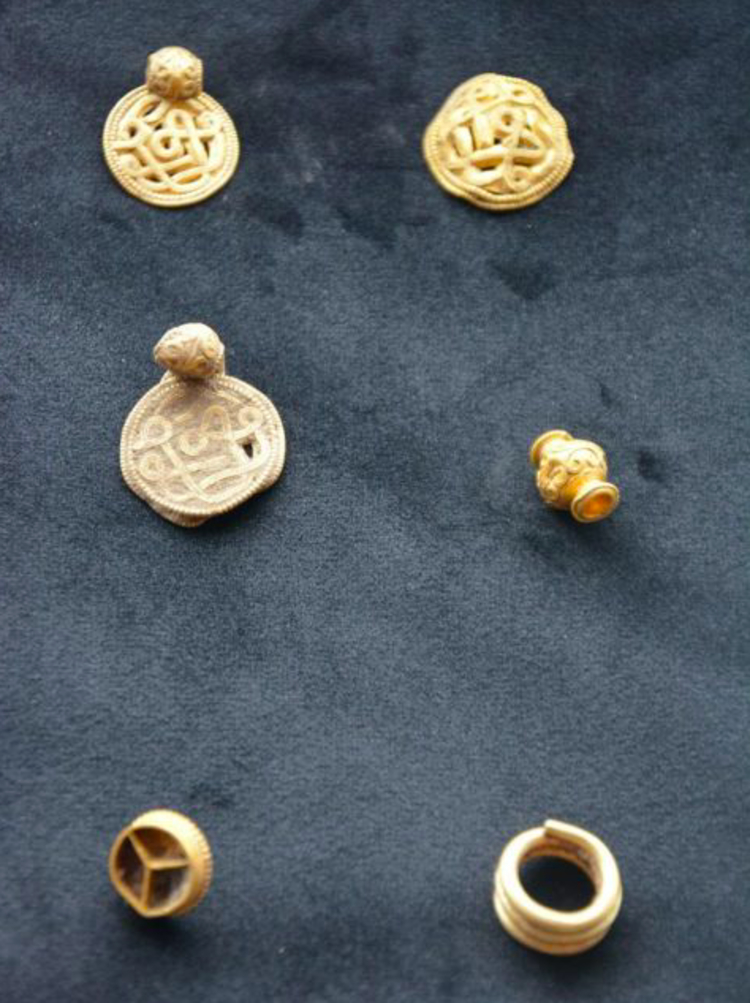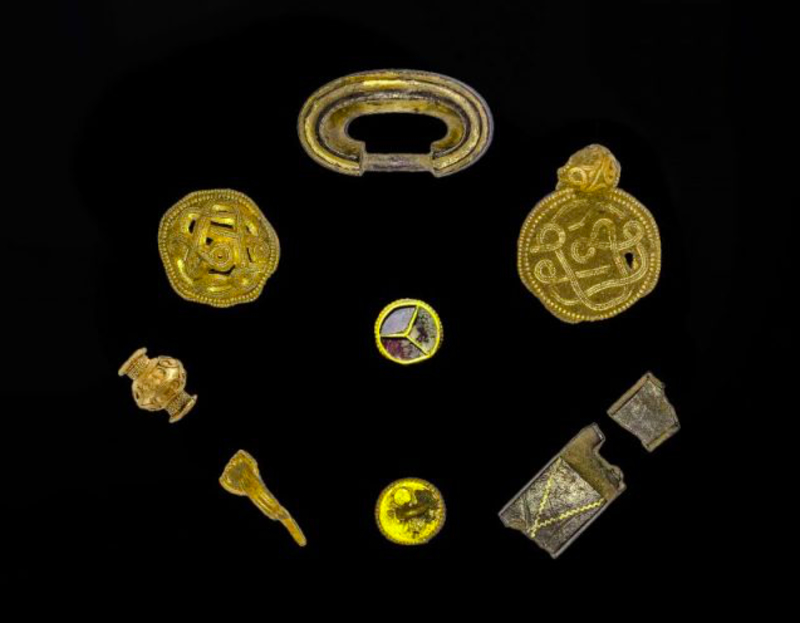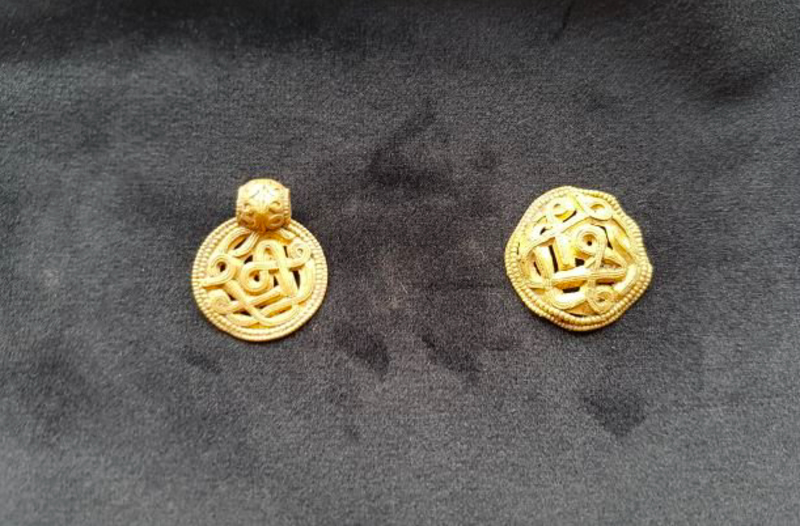Unbelievable

Terese the amateur archeologist actually discovered over 32 pieces of jewelry. They were gold and pearls and what not. But the most amazing thing is they were 1500-years-old. We are not kidding it was an official statement given by the researchers who later investigated her discovery who told that these ornaments are 1500-years-old and which has a very interesting origin. You’ll be surprised to see these 32 pieces of jewelry belongs to one of the most debatable eras.
Old Gold

According to Mads Ravn, the research head ar Vejle Museums, these pieces of jewelry belongs from the 6th century which is much more before than the Viking period. “Years can go by without amateur archeologists finding gold, and some never do, so this is amazing,” Terese told DR.
Lots More

The first thing which caught her eyes was the gold but when she kept digging she found several pieces of beads, pendants, a needle, and small coins that probably seemed to be used as a currency back then. Her discovery helped the researchers find several answers to the questions that lingered over the archeological community. Her discovery is one of the most incredible discoveries till date.
Roman Empire

Though it was Terese who discovered these amazing artifacts that belonged to the 6th Century, it was the researchers who investigated them thoroughly. They found the 27 of the objects from the discovered 32 pieces were pure gold. “The find suggests that people from Hjarnø had contact with the Roman empire,” Mads explained.
Rich History

The island of Hjarno has a very interesting history as this discovery of Terese wasn’t the first to be found. There have been several another exploring where people have found several types of artifacts and arrowheads. It is also said that these artifacts are washed up along the shores and with time are buried deep inside the muddy soil only to be found by people like Terese.
Offering

According to archeologists, these golden pieces that were discovered on the island of Hjarno by Terese Refsgaard were actually used as a sacrifice. They believe that these gold pieces were offered to please the angry gods. And the theory even makes sense because how else these gold ornaments ended up in the ground and remained hidden for such a long time.
